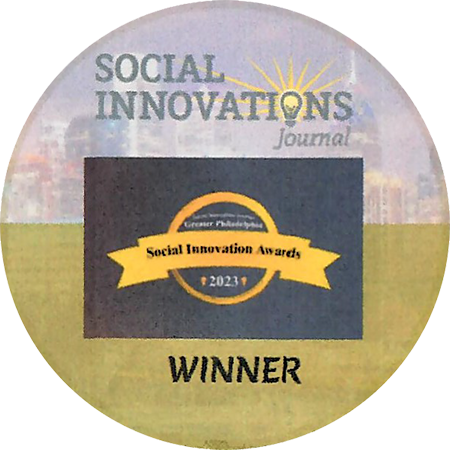SR -
Implementation Strategies
Regular Evaluation and Feedback:
Regular Evaluation and Feedback: Ensuring Continuous Improvement in Educational Technologies
In today's fast-evolving educational landscape, the integration of technology into classrooms is not a one-time initiative. It requires ongoing attention to ensure that the tools and platforms employed meet the needs of all stakeholders—students, parents, and staff. Regular evaluation and feedback are vital components of this process, driving necessary adjustments and improvements. Here's why and how continuous evaluation and feedback are essential for the successful implementation of educational technologies.
The Need for Continuous Evaluation
Educational technologies can rapidly become outdated, irrelevant, or misaligned with learning objectives if not properly managed. Regular evaluation ensures that the technology remains effective, efficient, and beneficial to the learning experience. This evaluation isn't limited to checking whether the technology works; it also involves assessing whether it enhances learning outcomes, engagement, and communication.
A structured evaluation process allows schools to identify gaps or inefficiencies in the use of technology. For example, a platform designed for collaborative learning might not be as user-friendly as initially thought, or a learning management system (LMS) might not be delivering content in a way that supports student comprehension. Continuous evaluation provides an opportunity to refine these technologies, align them better with the school's goals, and ensure that they deliver the intended educational value.
Gathering Feedback from Key Stakeholders
Effective evaluation is incomplete without gathering feedback from all those involved in the educational process—students, parents, and staff. Each group provides unique insights into how the technology is being used and how it could be improved.
- Students: As primary users, students' feedback is crucial in understanding how intuitive and engaging the technology is for their learning process. Their insights can reveal how effectively the tools facilitate learning, whether they support different learning styles, and how they contribute to overall academic success. Moreover, students can provide valuable information on any obstacles they face while using these tools, such as difficulty accessing content or navigating platforms.
- Parents: In today's digital age, parents play an essential role in their child's learning, particularly in a remote or hybrid setting. Their feedback can shed light on how well the technology enables parental engagement, whether they are receiving sufficient communication about their child’s progress, and whether they feel empowered to support their child’s learning at home. Additionally, parents may provide perspectives on any technical challenges they encounter, such as access issues or troubleshooting problems.
- Staff: Teachers and administrative staff are often the ones managing and implementing educational technologies. Their feedback is vital in evaluating the ease of use, efficiency, and effectiveness of these tools in achieving educational goals. Teachers can offer insights on how well the technology supports lesson planning, content delivery, and student assessment. Staff feedback also highlights potential areas for professional development or additional support, ensuring that everyone is adequately equipped to use the tools effectively.
Making Necessary Adjustments and Improvements
Once feedback is collected, it must be systematically analyzed to identify trends and common issues. Schools can then implement necessary adjustments based on this data. This could involve refining instructional strategies, providing additional training for staff, or even considering alternative technologies that better meet the needs of the school community.
For example, if students report that a specific platform is difficult to navigate, schools might consider offering tutorials or selecting a more user-friendly alternative. If parents indicate that communication tools are inadequate, schools can explore more robust solutions to improve parent-teacher interaction. For staff who may struggle with integrating technology into their lesson plans, targeted professional development can ensure they feel confident and competent in using these tools effectively.
Conclusion
Regular evaluation and feedback are critical to maintaining the effectiveness of educational technologies. By continuously assessing the impact of these tools and making necessary improvements based on feedback from students, parents, and staff, schools can ensure that they are creating a dynamic, supportive, and technology-enhanced learning environment that adapts to the evolving needs of its community.
This white paper snippet is part of a 11 week series, the full paper can be found at:
Contact Us
We will get back to you as soon as possible.
Please try again later.
Available through the

STRATEGIC PARTNERS

Sign Up For Our Newsletter
We will get back to you as soon as possible.
Please try again later.



